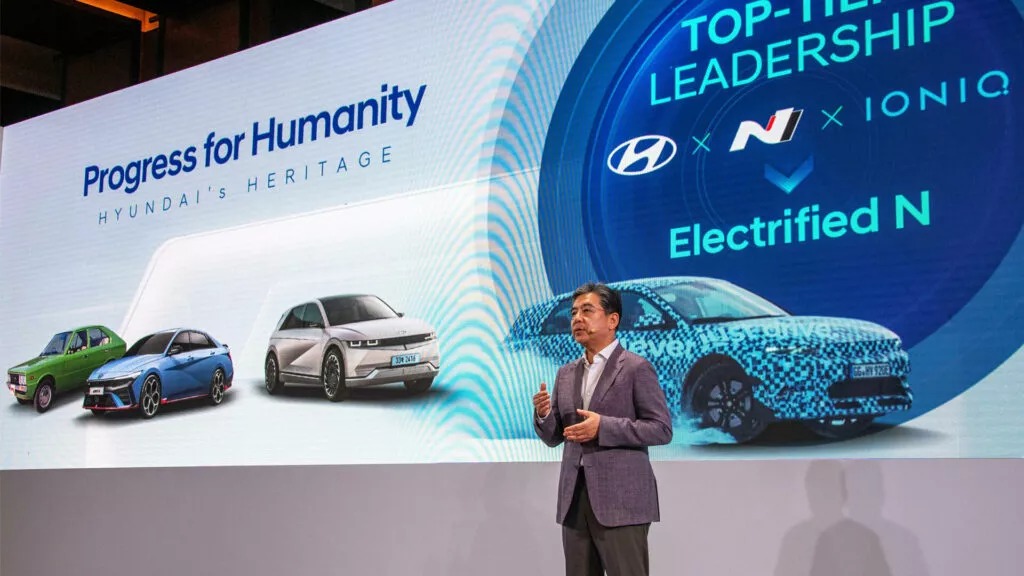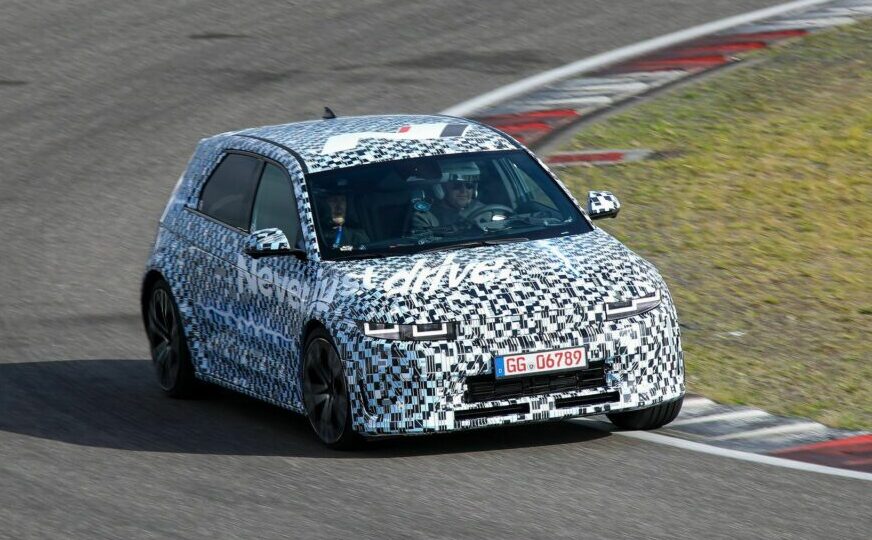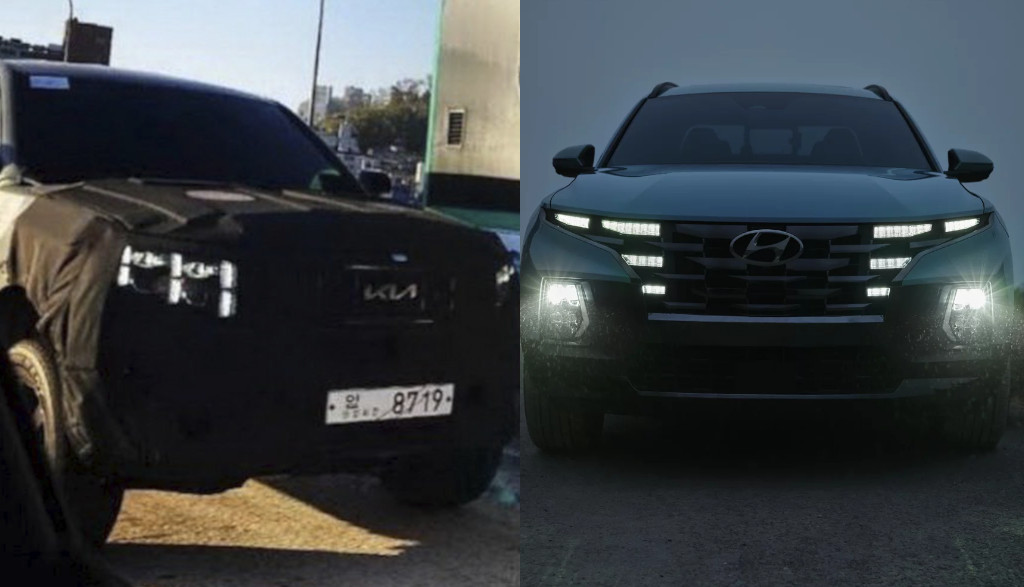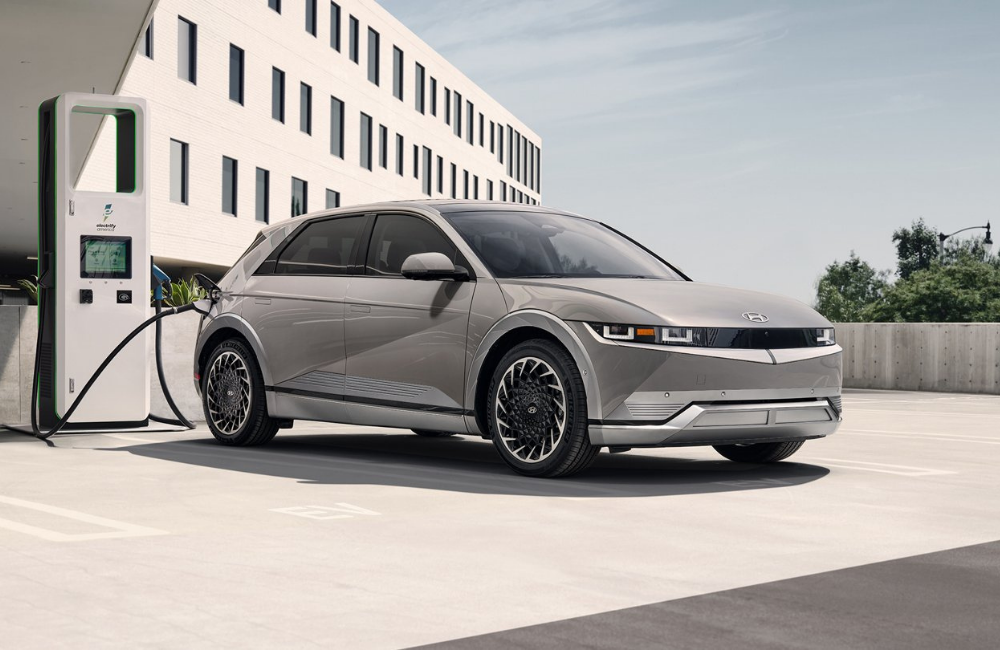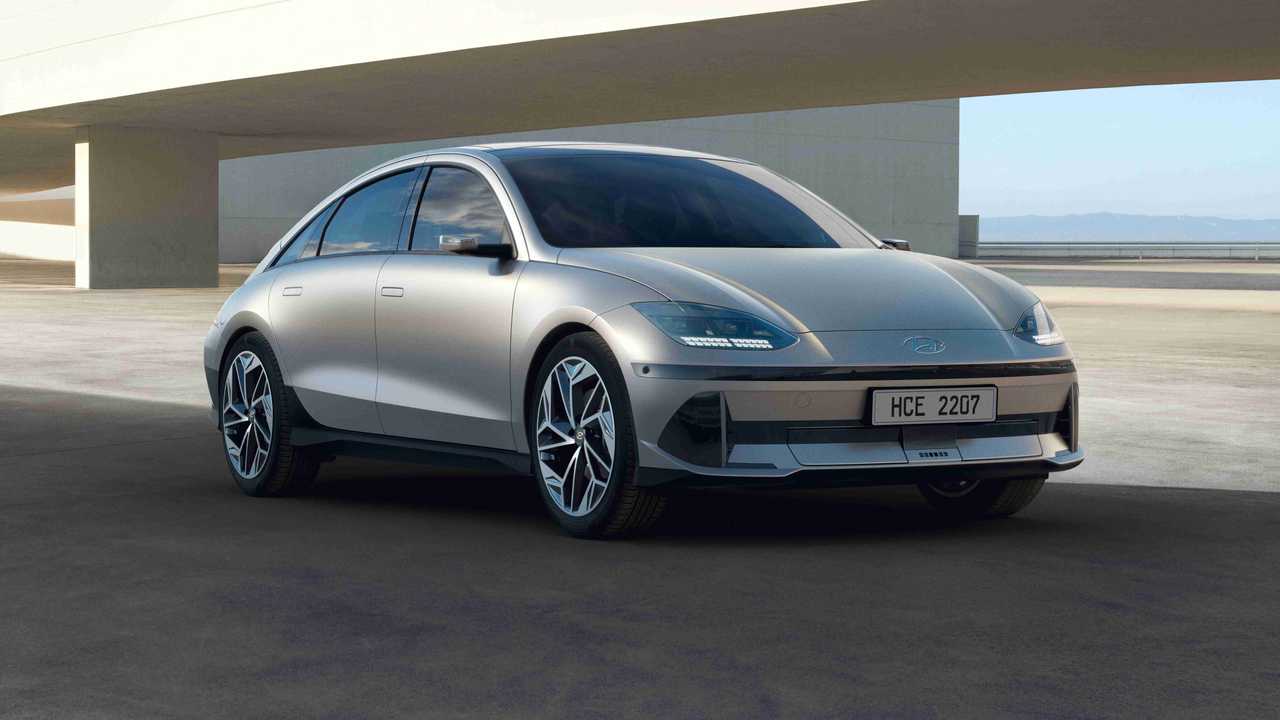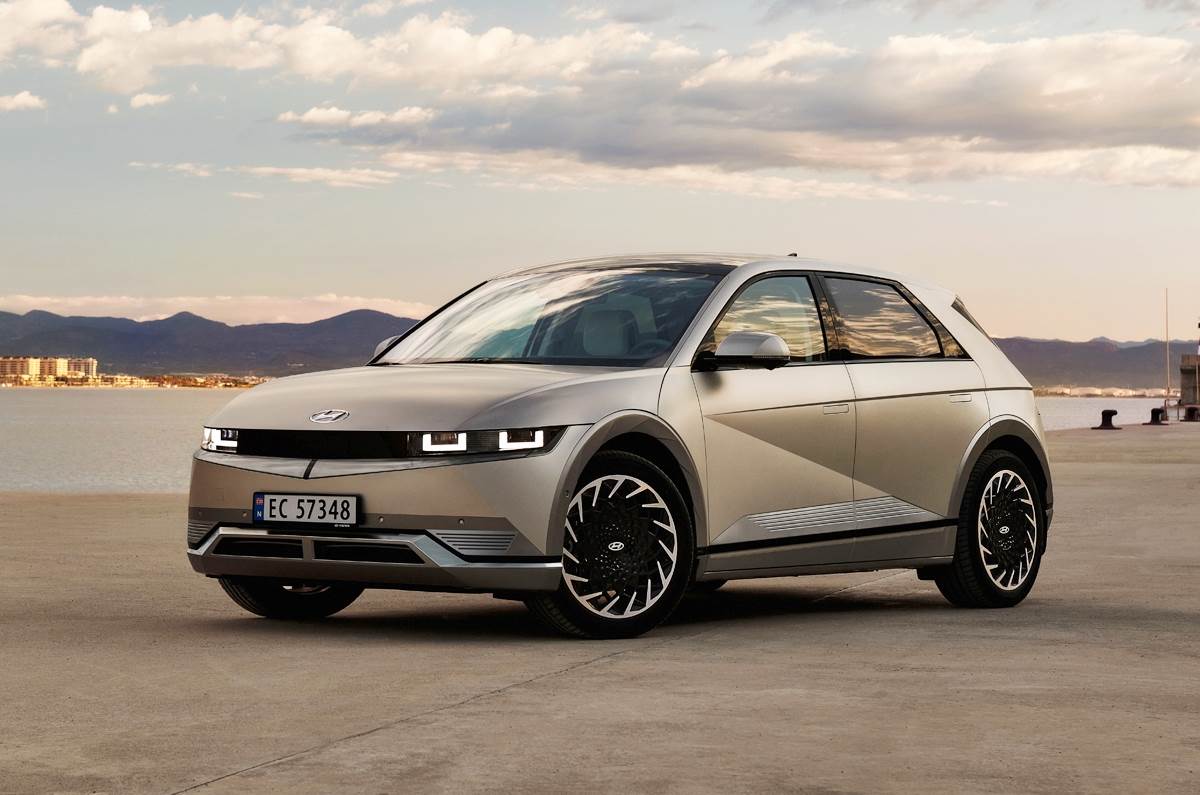Hyundai recently took the stage at its CEO Investor Day to provide an array of exciting updates regarding its electrification plans for the short and long term. The automaker aims to accelerate its transformation into a “smart mobility solution provider” by investing a staggering $84.9 billion (£66.6 / €77.8) over the next decade. Out of this massive investment, $27.8 billion (£21.8 / €25.5) will be specifically allocated towards electrification efforts, with the goal of selling two million electric vehicles (EVs) annually by 2030.
Dubbed “Hyundai Motor Way,” this strategic plan revolves around electric vehicles as the company strives to establish itself as a leader in the EV market. Key to this endeavor is the introduction of Hyundai’s second-generation EV platform, known as the Integrated Modular Architecture (IMA). This cutting-edge platform will replace the current Electric-Global Modular Platform (E-GMP) and will underpin a total of 13 new dedicated EV models from Hyundai Motor Group’s automotive brands, including Hyundai, Kia, and Genesis, spanning the years up to 2030.
The IMA platform represents a significant advancement over its predecessor, promising maximum cost reduction through economies of scale. Hyundai explains that more than 80 common modules can be flexibly utilized across different vehicle segments, regardless of the type, facilitating versatile combinations. This breakthrough provides greater flexibility and efficiency in the development process, ultimately leading to substantial cost savings.
The highly flexible IMA platform allows Hyundai to expand its EV lineup beyond the current range of mid-size SUVs. The architecture encompasses almost all vehicle classes, ranging from small and large SUVs to pickup trucks, as well as the flagship models of the Genesis brand.
Thanks to these advancements, Hyundai has set a target of achieving more than 10 percent profitability for EVs by 2030, driven by cost reductions and high-margin derivatives.
While platforms are crucial, batteries play a critical role in the success of electric vehicles. Hyundai plans to offer various battery solutions for models based on the IMA platform, including next-generation NCM (Nickel Manganese Cobalt) and LFP (Lithium Iron Phosphate) batteries. In particular, the company aims to introduce LFP batteries with increased energy density and improved low-temperature efficiency for the first time around 2025.
Hyundai also briefly mentioned two notable technologies: a cutting-edge system enabling battery charging and discharging while driving through an independent power bank, and an AI-based battery management system that monitors the battery pack for potential safety issues.
Looking ahead, Hyundai is actively collaborating with partners on the development of solid-state and lithium metal batteries, which hold the potential to revolutionize the EV industry. Toyota recently hinted at a solid-state battery with an astonishing range of up to 932 miles (1,500 km).
Despite the ongoing demand for internal combustion engine (ICE) vehicles, Hyundai acknowledges the need to adapt to the changing landscape. Therefore, the company plans to build EVs on mixed production lines. However, Hyundai expects the proportion of global EV production to increase significantly from 8% this year to 34% by 2030.
To tackle this shift, Hyundai will adopt a two-track approach: converting ICE factories into EV production lines and establishing new dedicated EV plants. The construction of Hyundai’s first dedicated EV factory in Georgia is currently underway and is scheduled to commence operations in the second half of 2024. Once fully operational, the facility will have an impressive production capacity of 300,000 vehicles annually.
Furthermore, Hyundai aims to establish another dedicated EV factory in Korea, with mass production slated to begin in 2025. This facility will cater to both domestic and international markets.
In a bid to further enhance its operations, Hyundai plans to significantly increase localization efforts. The United States will see a dramatic jump, with the localization rate targeted to rise from 0.7% to an impressive 75%. Meanwhile, Europe will experience a more modest increase from 7% to 54%.
Alongside the focus on EVs, Hyundai made a notable announcement regarding its operations in China. The automaker will halt production at one of its Chinese plants later this year, following the sale of a plant in 2021 and the shutdown of another in 2022. This streamlining process will result in Hyundai reducing its Chinese lineup to eight different models. The company’s strategy involves prioritizing SUVs, the N performance sub-brand, and the luxury Genesis brand. These measures aim to improve Hyundai’s brand image and profitability in the Chinese market.
In other news, Hyundai remains committed to hydrogen technology and plans to present its “hydrogen business vision and strategy” at the 2024 CES.

